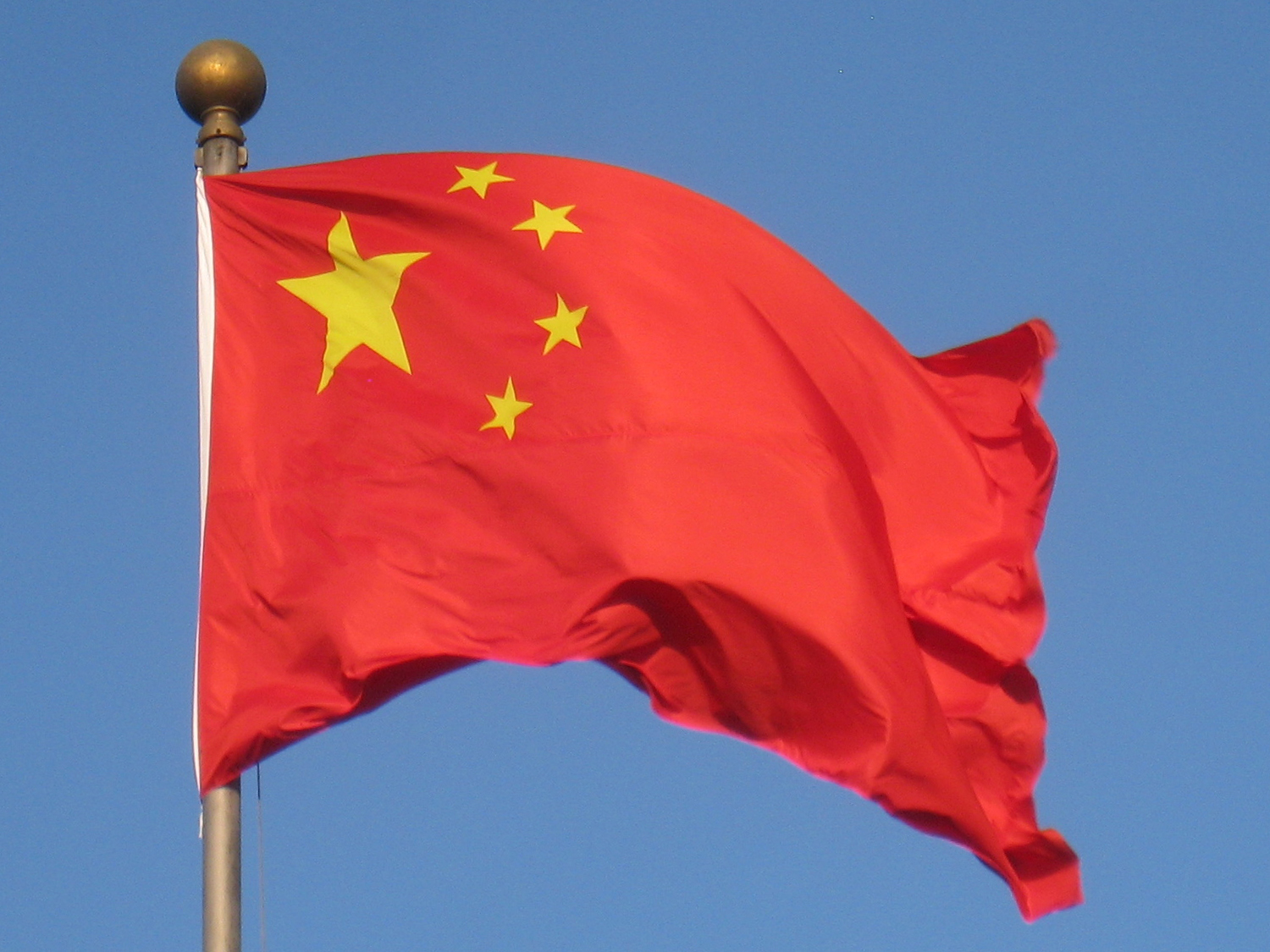Last year, China’s clean-energy technologies made up more than 10% of the country’s economy for the first time ever, with sales and investments hitting 13.6tn yuan ($1.9tn), exceeding the real estate sector. China’s renewable energy sales and investments dwarfed the global fossil fuel funding total of $1.12 trillion. China’s installed capacity for renewable energy, including wind and solar, reached 1,410 gigawatts last year, surpassing coal. China has become especially dominant in solar energy manufacturing, having invested 10 times more than Europe in wafer-to-solar panel production lines.
China controls ~95% of the world’s polysilicon and wafers, prompting the International Energy Agency (IEA) to warn of the dangers the world is exposing itself to by relying so heavily on the Middle Kingdom for its solar needs, “The world will almost completely rely on China for the supply of key building blocks for solar panel production through 2025. This level of concentration in any global supply chain would represent a considerable vulnerability,” the agency wrote in a special report. Last year, U.S. Treasury Secretary Janet Yellen warned that China’s national underwriting for energy and other companies is creating oversupply and distorting global markets.“I will convey my belief that excess capacity poses risks not only to American workers and firms and to the global economy, but also productivity and growth in the Chinese economy, as China itself acknowledged in its National People’s Congress this month,” she added.
However, experts are now predicting that China will begin to lose its clean energy hegemony. According to S&P Global, China’s dominance in renewable energy is set to wane amid a weak domestic economy, slow global demand, export barriers and overcapacity. The rating company has predicted that China’s share of solar photovoltaic (PV) module manufacturing would decline to 65% in 2030 from 70% in 2024, while its share of battery-cell manufacturing would drop to 61% from 80% last year.
“As we look towards 2025, manufacturing growth in China is expected to slow down in response to current overcapacity issues, leading to a more diversified cleantech manufacturing footprint by 2030,” S&P said.
China To Modernize Renewable Energy Sector
China is looking to modernize its renewable energy sector by leaving the prices of clean energy to the whims of the markets rather than being dictated by the government. China’s National Development and Reform Commission (NDRC) and the National Energy Administration (NEA) have issued a notice about deepening the “market-oriented reform” wherein the price of on-grid electricity generated from renewable sources such as wind and solar, previously fixed, would be determined by market mechanisms.
“With the large-scale development of new energy, the fixed pricing for on-grid electricity cannot accurately reflect market supply and demand and does not share its responsibility for regulating the power system,” the authorities said.
In an effort to balance the new market-driven pricing, Beijing will implement “balancing payments,” a system comparable to the UK’s contracts for difference. This mechanism ensures power producers receive compensation when electricity prices fall below an agreed level and repay excess profits when rates exceed a certain threshold.
The move underscores Beijing’s shift away from subsidy-driven incentives as its renewable energy sector continues to mature. According to S&P global, the new measures are an important nudge to China’s renewables industry toward full market trading, which will make the sector more competitive but also more volatile.
China has been criticized for its highly protectionist policies for its renewable energy sector and blamed for causing a global glut. Last year, we reported that China’s 10 millionth EV rolled off the production line in November, beating the 2023 production seven weeks before the year’s end amid growing worries of overcapacity. Last year, China sold 11 million electric vehicles, good for a 40% increase from 2023, helped by government subsidies of up to $2,800 apiece for trading in older cars for EVs. China Passenger Car Association (CPCA) secretary-general Cui Dongshu predicted that China’s EV revolution will continue undeterred by a faltering economy. Sales of new energy vehicles (NEVs) in China overtook conventional auto sales for the first time ever in July 2024, and now account for more than half of all units sold.
China’s Oil Demand Peaks
Last year, China’s crude oil imports fell 1.9%, or 240,000 barrels a day, to just over 11mn b/d, marking the first annual decline in two decades barring the disruption caused by the Covid pandemic. According to China National Petroleum Corp, sales of both road fuels peaked in 2023, with sales predicted to fall by 25-40 per cent over the next decade. In other words, the famous Chinese oil boom that helped drive global oil demand growth has finally come to an end.
Meanwhile, China recently lost its position as the world’s biggest driver of global oil demand to India. India’s oil demand growth is estimated to have exceeded China’s for the first time in 2024, and is expected to do so again in 2025. According to Kang Wu, global head of macro and oil demand research at SPGCI, India’s oil demand grew by 180,000 barrels per day in 2024, surpassing China’s growth at 148,000 bpd. India’s oil demand is expected to increase by 3.2% Y/Y in 2025 compared to a 1.7% clip by China. “China’s role as a global oil demand growth engine is fading fast,’’ Emma Richards, senior analyst at London-based Fitch Solutions Ltd, has told The Times of India.
By Alex Kimani for Oilprice.com

